The jungle is home to many enigmatic creatures, but few inspire as much awe and intrigue as the leopard. Known for their stealth, strength, and adaptability, these solitary big cats play a unique role in their ecosystems. In this article, we explore the secret lives of jungle leopards, delving into their habits, habitats, and the challenges they face in the wild.
Physical Characteristics of Leopards
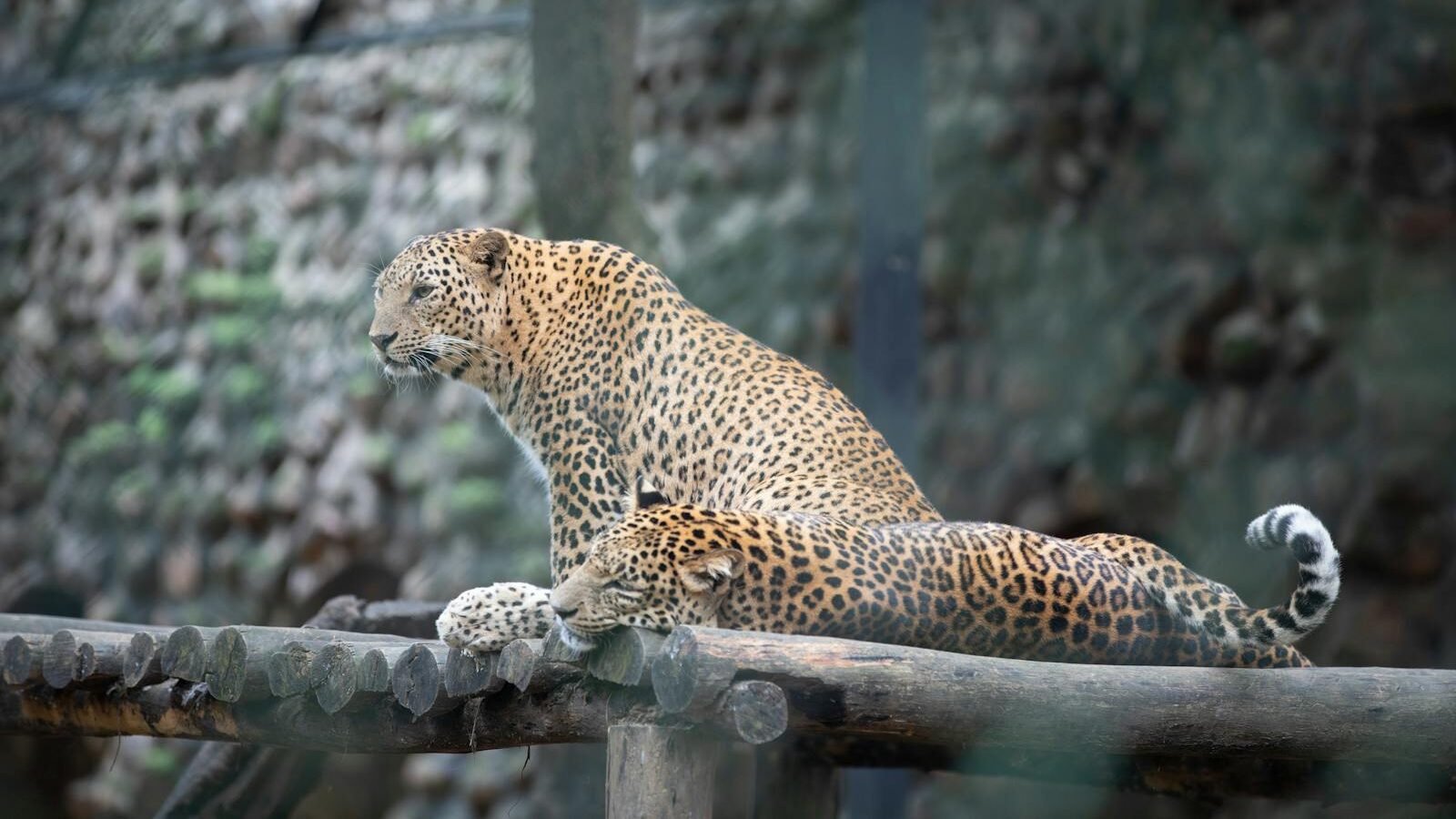
Leopards are easily recognizable by their distinctive rosette-patterned coats, which vary in color from pale yellow to deep gold, depending on the environment. These agile predators have powerful muscles, allowing them to leap great distances and climb effortlessly. Unlike other big cats, leopards have a relatively small head and a long body with a tail that can grow as long as their body, aiding in balance during movement.
Habitat and Distribution

Leopards are found in a diverse range of habitats across Africa and Asia, including savannas, forests, mountains, and even semi-arid regions. In the jungle, they thrive due to the dense vegetation that provides ample cover for hunting and evading threats. Their adaptability to different environments is a key factor in their widespread distribution.
Stealth and Hunting Techniques
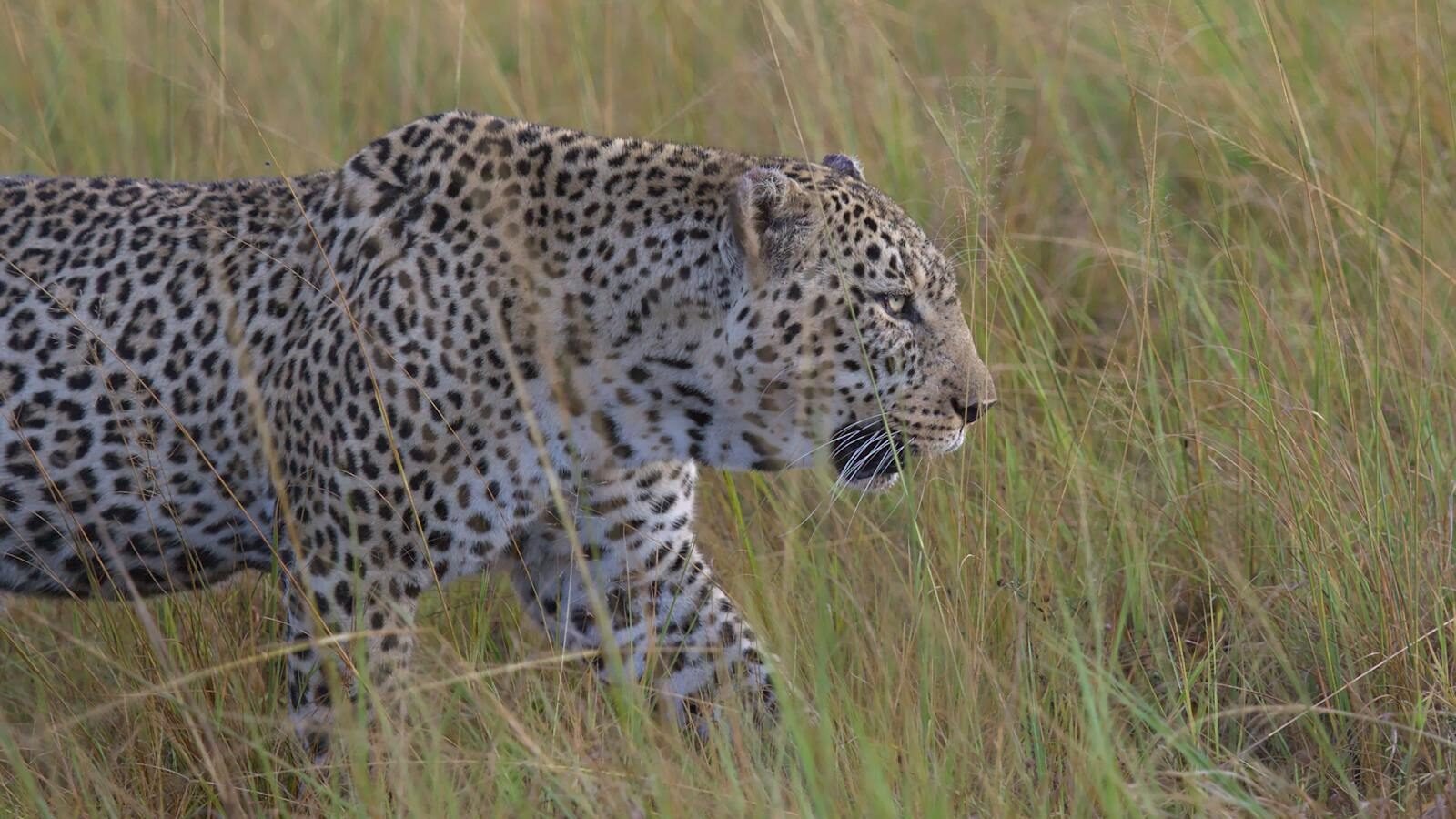
Leopards are solitary hunters, often relying on stealth and surprise to catch their prey. They use their keen senses and knowledge of their territory to approach prey quietly, often at night when visibility is lower. Once within striking distance, they pounce with incredible speed and power, employing a suffocating bite to subdue their targets. Their diet is varied, including deer, birds, and smaller mammals.
Role in the Ecosystem
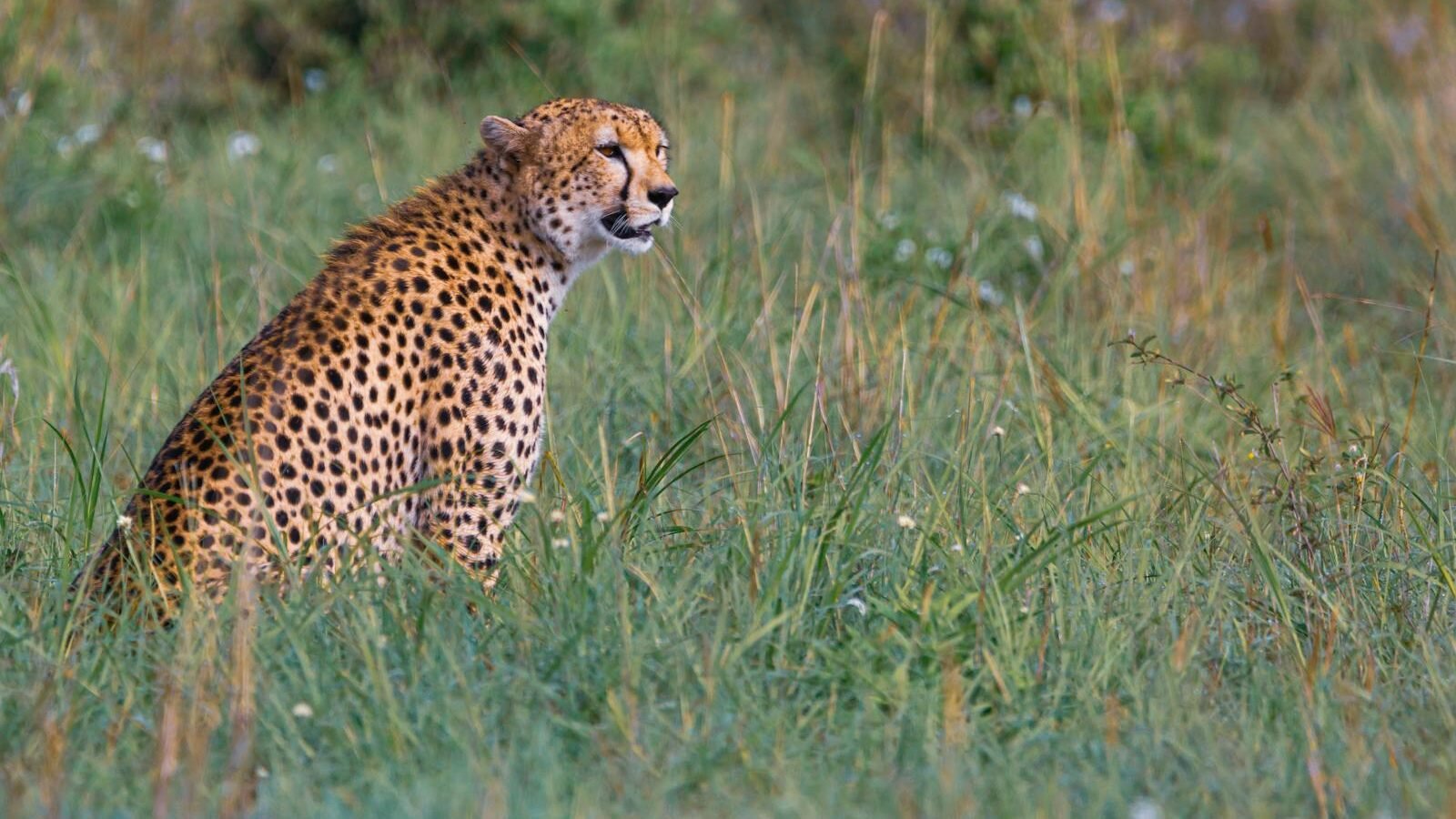
As apex predators, leopards play a crucial role in maintaining the ecological balance. By preying on herbivores, they help control these populations, preventing overgrazing and promoting biodiversity. Their presence can also indicate the health of an ecosystem, as they require a stable prey base and adequate habitat to thrive.
Communication and Social Behavior
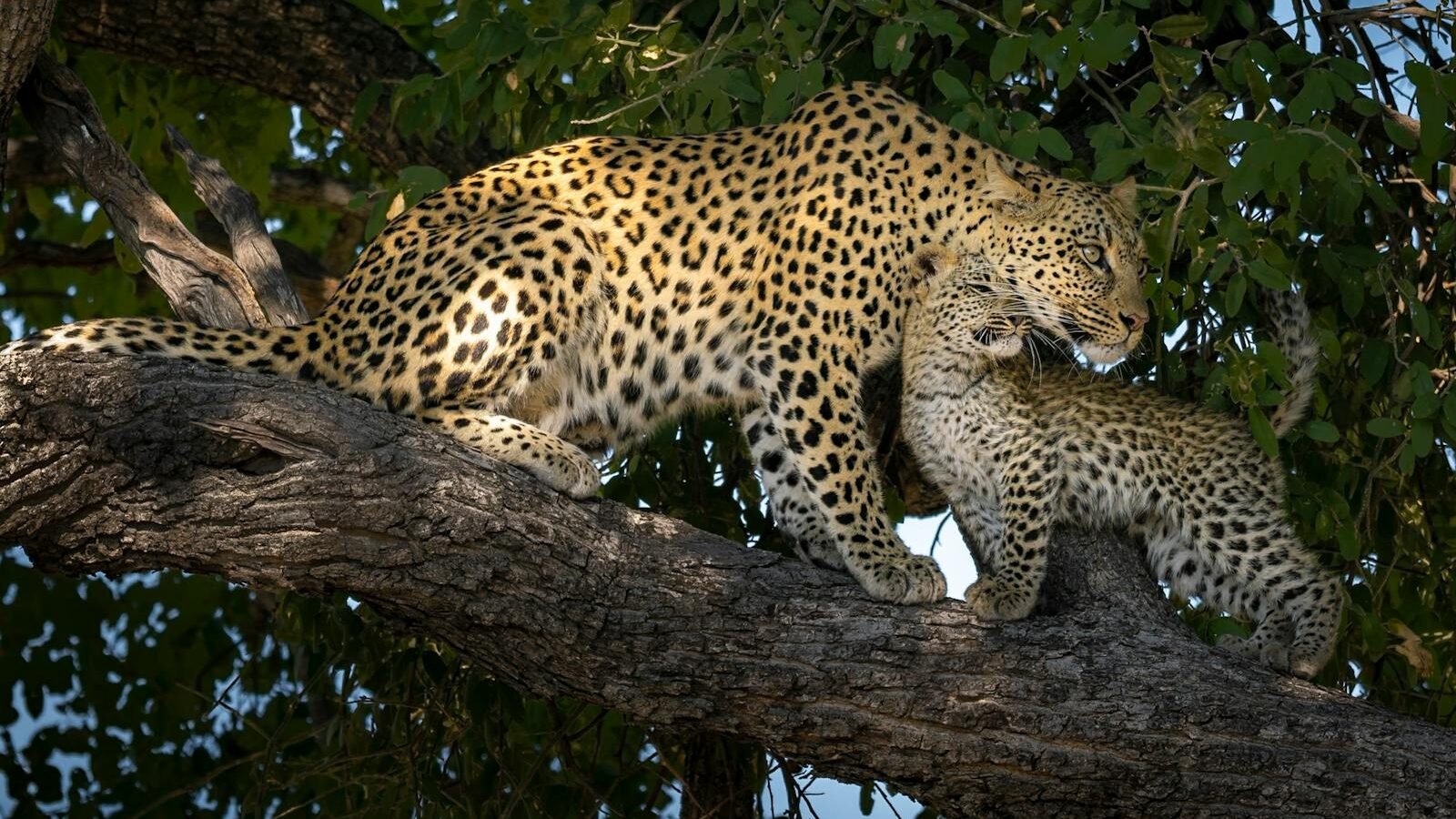
Leopards primarily communicate through vocalizations, scent markings, and body language. Despite being solitary animals, they may interact with other leopards, particularly during mating season or in areas with abundant resources. Their vocalizations range from growls and roars to a more domesticated-sounding rasping call, known as “sawing.”
Breeding and Lifespan
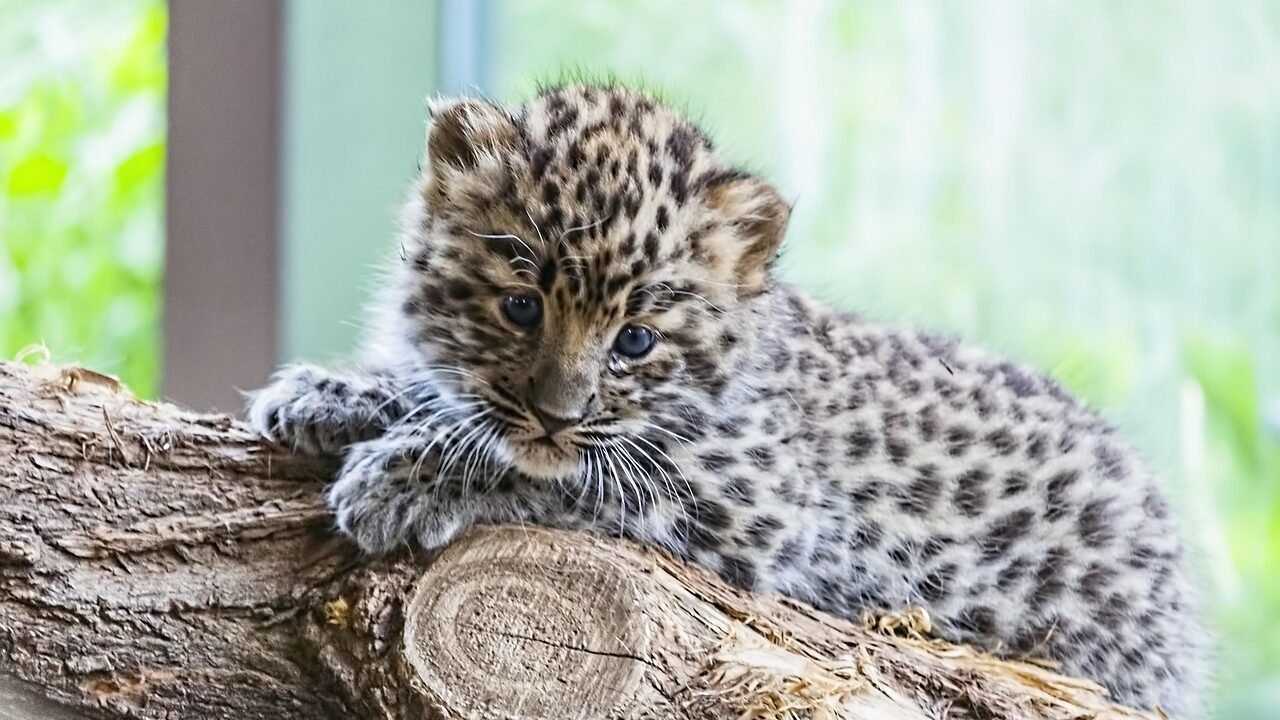
Female leopards typically give birth to a litter of two to four cubs after a gestation period of about three months. Leopard mothers are fiercely protective, keeping their young hidden until they are old enough to fend for themselves. Cubs remain with their mothers for up to two years, learning essential survival skills during this period. In the wild, leopards can live for up to 12 to 15 years, although this lifespan may be reduced by human threats and environmental challenges.
Challenges Faced by Jungle Leopards
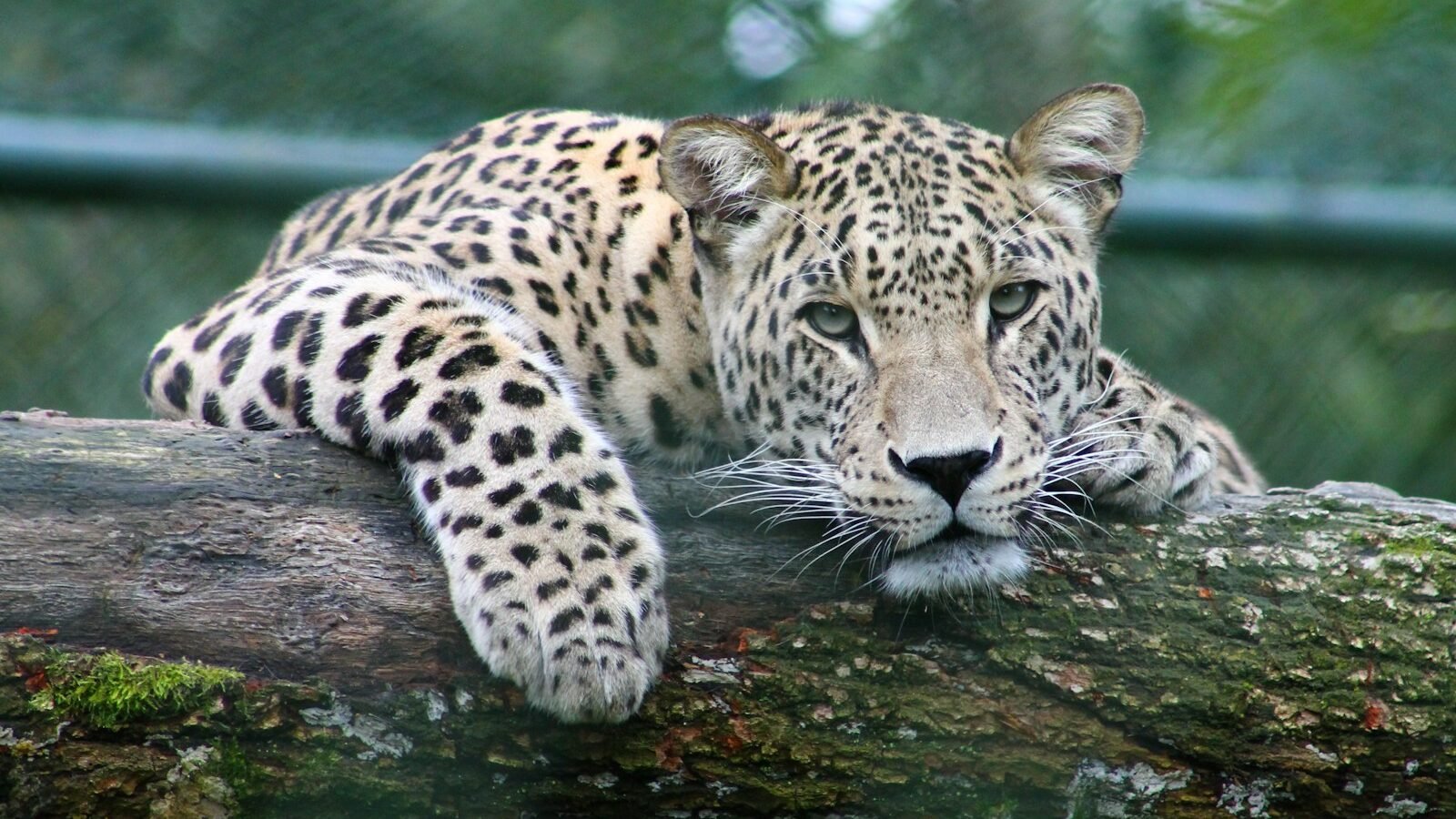
Despite their adaptability, leopards face numerous threats, primarily from habitat loss due to deforestation and human encroachment. Poaching and the illegal wildlife trade pose additional dangers, as leopards are often targeted for their beautiful pelts. Human-wildlife conflict is another significant issue, with leopards sometimes preying on livestock, leading to retaliatory killings.
Conservation Efforts

Conservationists are working tirelessly to protect leopards and their habitats. Initiatives include creating protected areas, implementing anti-poaching measures, and promoting coexistence between humans and wildlife. Community-based conservation programs are also crucial, involving local people in efforts to preserve natural resources and wildlife.
The Future of Leopards in Jungles
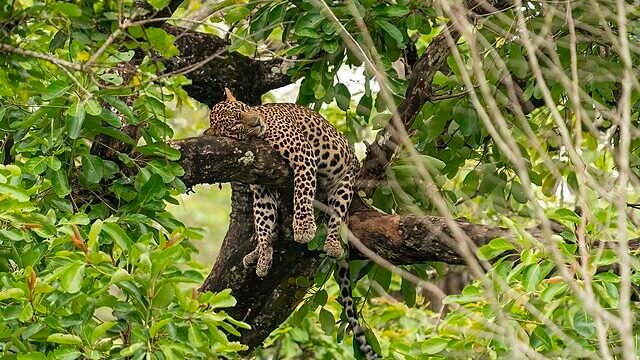
The future of jungle leopards depends on our collective action to address the threats they face. Through education, conservation policies, and increased global awareness, we can ensure these majestic creatures continue to roam the forests for generations to come. Understanding and appreciating the secret lives of leopards is a step toward their preservation and the protection of the vibrant ecosystems they inhabit.

With over a decade of experience as a dedicated cat lover and enthusiast, I specialize in writing captivating content about all things feline. My expertise shines through in creating engaging and informative pieces that resonate with fellow cat lovers. As a proud cat parent to my beloved Duston, my personal connection to the world of cats adds authenticity and warmth to my work, making it relatable and heartfelt.






